
Here are some more photos of collectible Lionel 6464 postwar boxcars! Lionel 6464 boxcars help Lionel Corp. mark 1953 as a turning point. Yes, a year after blazing a new trail with classic streamlined passenger cars, the engineering and sales teams at Lionel fielded near-scale models of a modern flatcar, a triple-dome tank car, and […]
Read More…

Can’t get your new LionChief Universal Remote to pair with a locomotive? If the batteries are good, the device’s firmware might be the problem – it could be old and incompatible with your equipment, or just have bugs. Upgrading it might help establish a connection and get your trains rolling. The hand-held units […]
Read More…
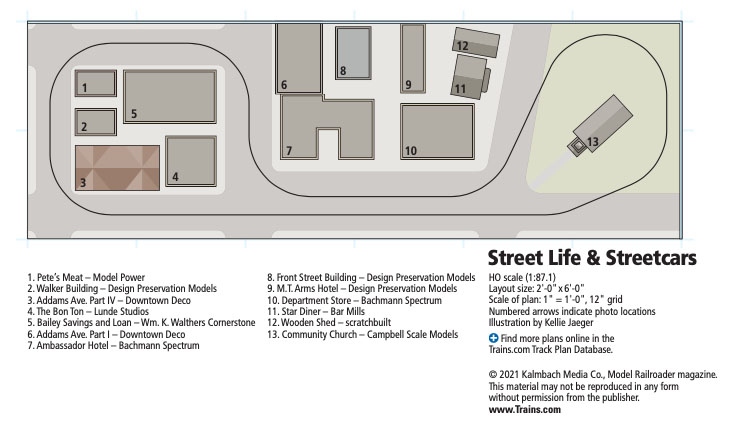
Facts & features Name: Street Life & Streetcars Scale: HO Size: 2 x 6 feet Prototype: Homage to streetcar service in and around Philadelphia Locale: Philadelphia and suburbs Era: Late 1950s Style: island Mainline run: approximately 16 feet Minimum radius: 6 1⁄4″ Minimum turnout: none Maximum grade: none Benchwork: open grid Height: 48″ Roadbed: Homabed/cork […]
Read More…
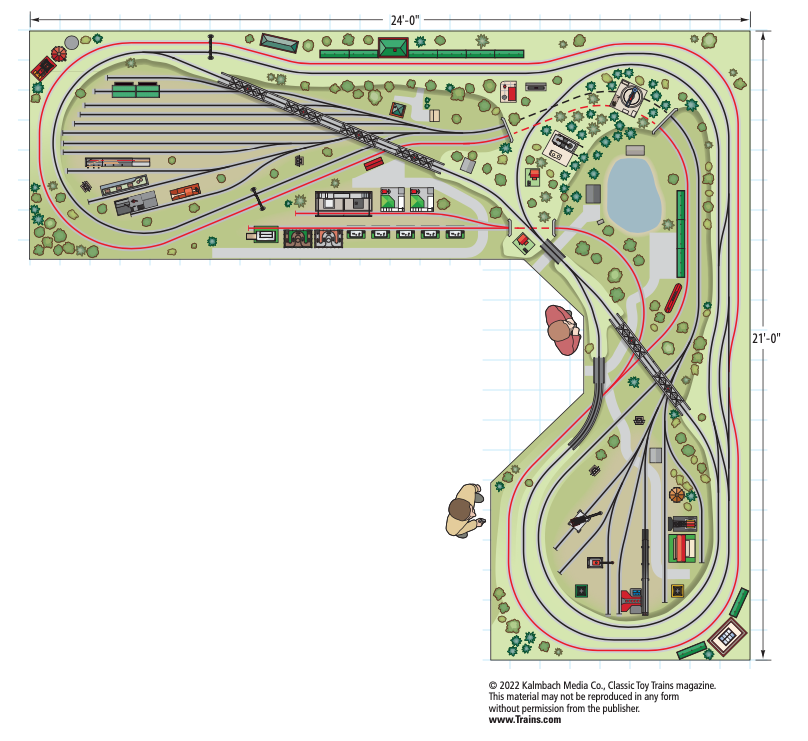
Facts & features Name: Richard Shutt’s O gauge layout Dimensions: 21 x 24 feet Track: GarGraves (diameters range from 42 to 72 inches) Switches: Ross Custom Switches Motive power: Lionel (postwar, modern), MTH Rolling stock: Atlas O, K-Line, Lionel (prewar, postwar, modern), Marx, Menards, MTH, Ready- Made Toys Accessories: Lionel (prewar, postwar, modern) Controls: Lionel […]
Read More…
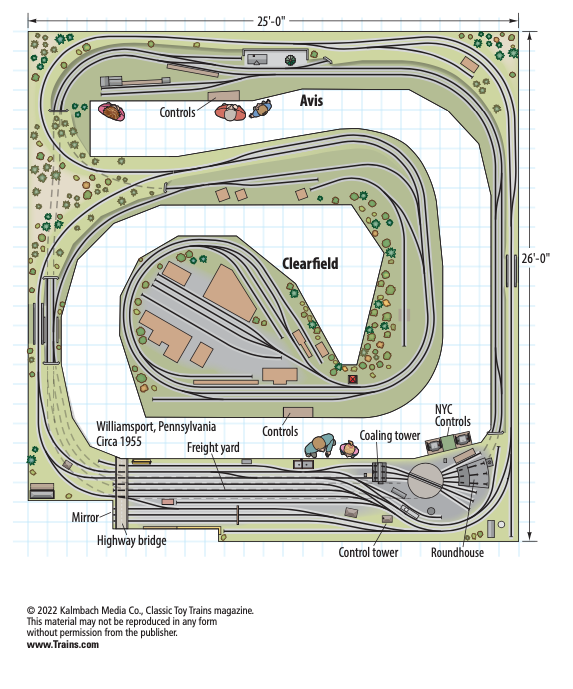
Facts & features Name: Herb Lindsay’s O gauge layout Dimensions: 25 x 26 feet Motive power: Atlas O, Lionel, Weaver Rolling stock: Weaver, Wm. K. Walthers Controls: Lionel’s TrainMaster Command Control Structures: Scratchbuilt Download a PDF of this track plan! […]
Read More…
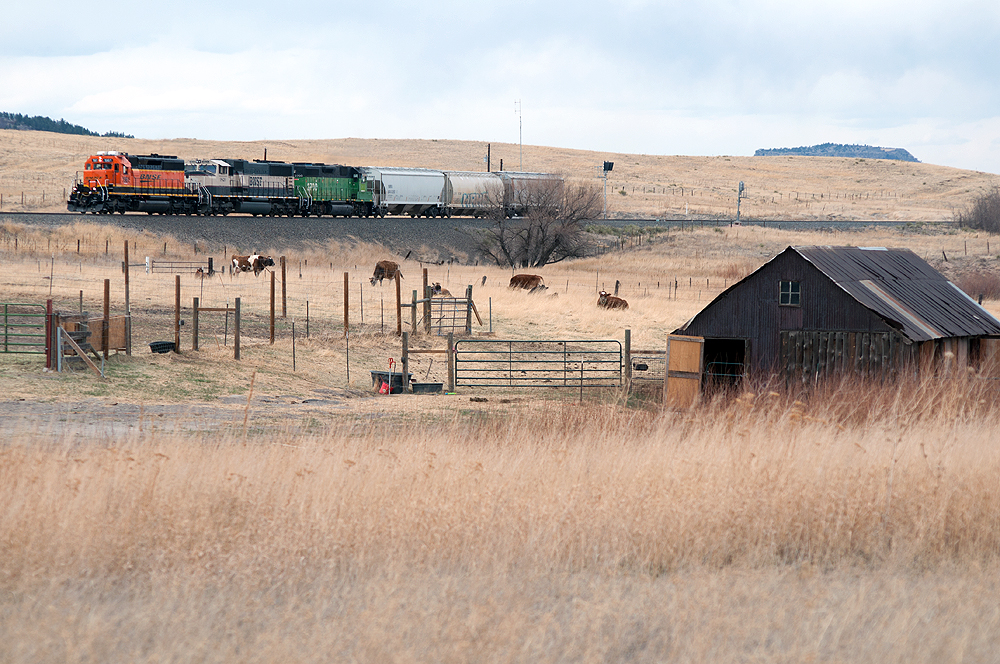
Modelers with small spaces, please consider the above Colorado Joint Line short train as one prototype you might want to model. Back in 2017, I was chasing trains from Denver south to Colorado Springs and Pueblo along Colorado’s famed Joint Line before a rail industry conference began. I was told something like “trains run like […]
Read More…
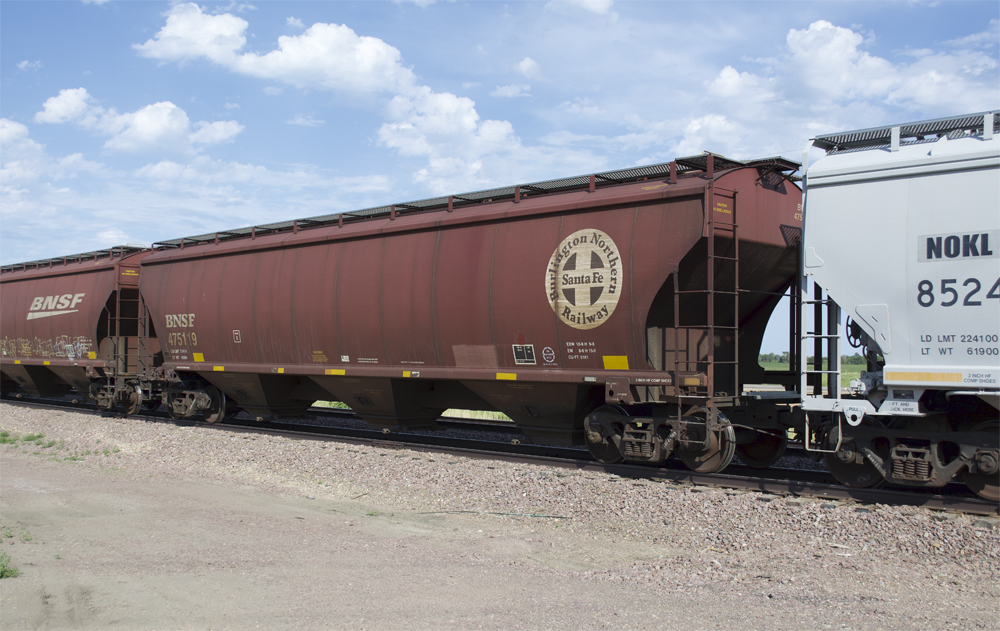
BNSF covered hopper variations are easy to spot if you live near or have railfanned along the BNSF Railway anytime in the past 20 years. If you have, you’ve most likely seen one of the railroad’s 100-plus car grain shuttles. These trains, dubbed “earthworms” by railfans because of how the long string of mineral red […]
Read More…
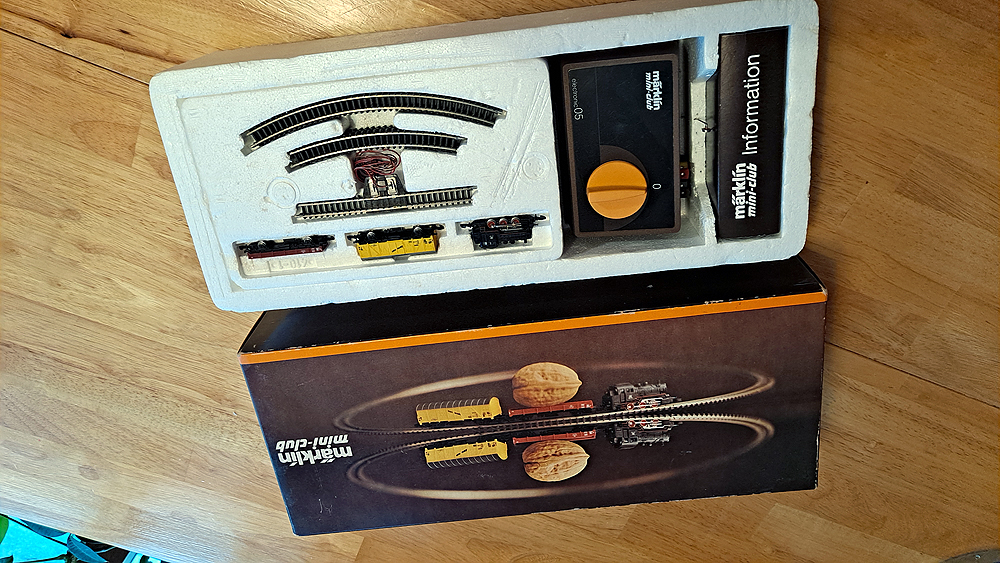
Reviving a 1980s Z scale train set I bought this 1980s Z scale train set, made by Märklin, as a high school student in 1981 while on a short exchange program visit to southern Germany. I immediately set it up in the bedroom of my host family in the village of Marienthal, in the Rhineland […]
Read More…
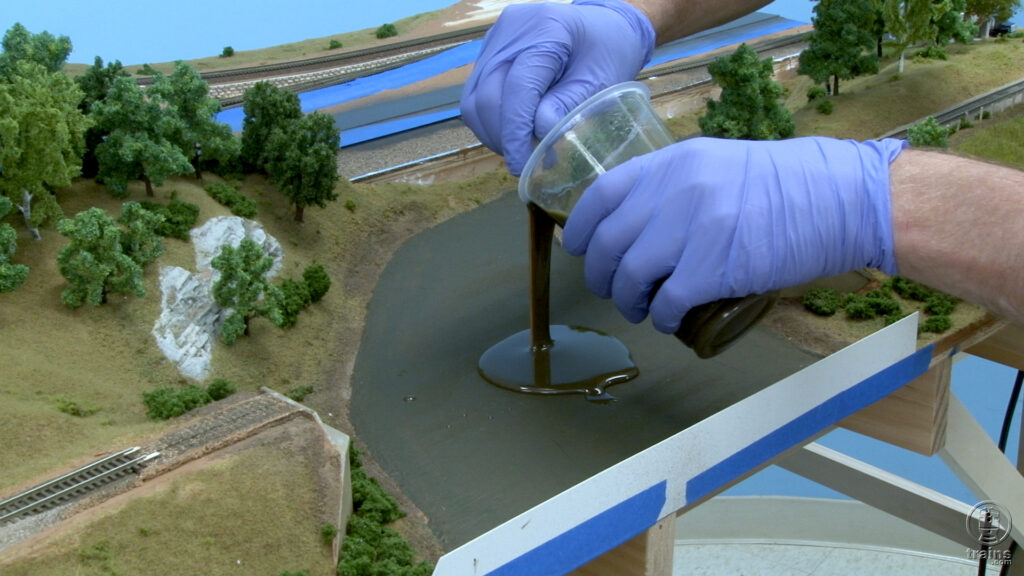
David shares two options for modeling rivers on the State Line Route. He demonstrates how to make a muddy river using two-part resin and tints, and a clear river using one-part resin. Lastly, he adds waves, ripples, and other details to complete the water scene. […]
Read More…
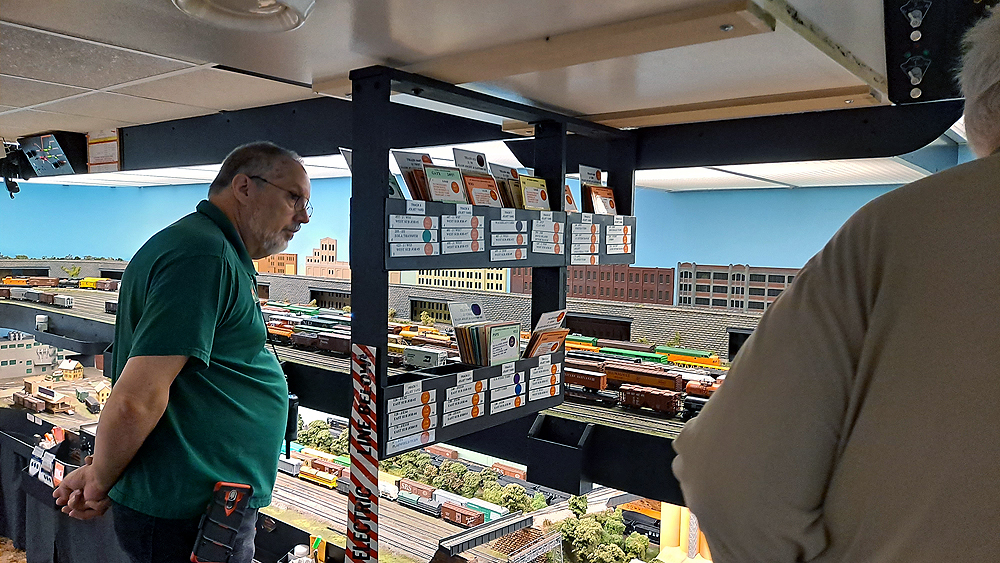
Model train layout operating ideas can come from a variety of places. I returned from a couple of operating weekends in the fall of 2021 ready to run more trains, but I also picked up a few ideas I thought were worth sharing. In the Omaha, Neb., area, I visited Don Zinnacker’s Chicago, Burlington […]
Read More…
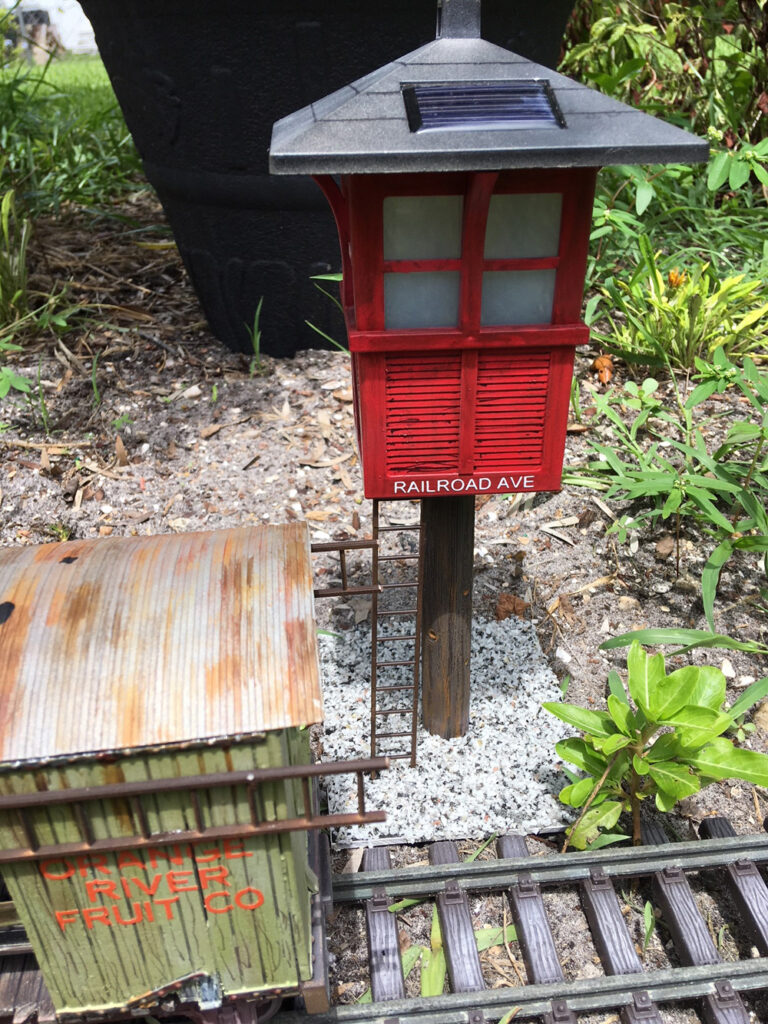
A solar-powered garden railroad building is a fairly easy project for most do-it-yourselfers. But one day while shopping at a home-improvement store, I stumbled on to a solar pathway light similar in shape to an HO scale model I liked. I thought the size would work well in my garden railroad as a structure. I […]
Read More…
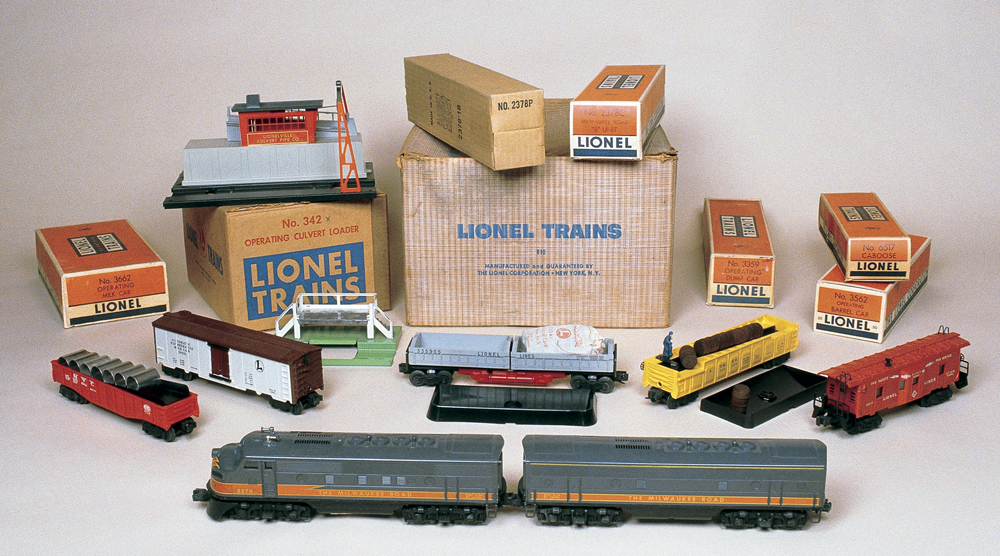
Here’s the story behind this magnificent O gauge no. 810/2273W Lionel Milwaukee Road freight set. It was one of the finest outfits cataloged by the company for 1956. Click here for a history of the Milwaukee Road. The brand-new no. 2378P and 2378C F3 A-B locomotive combination headed the train. The powered A and unpowered […]
Read More…












